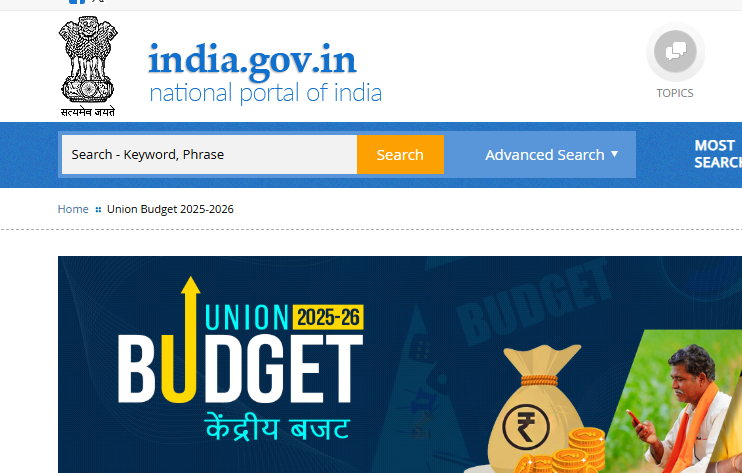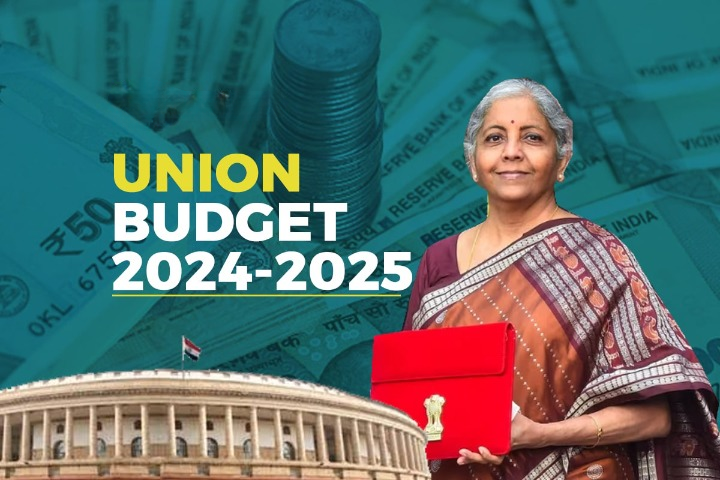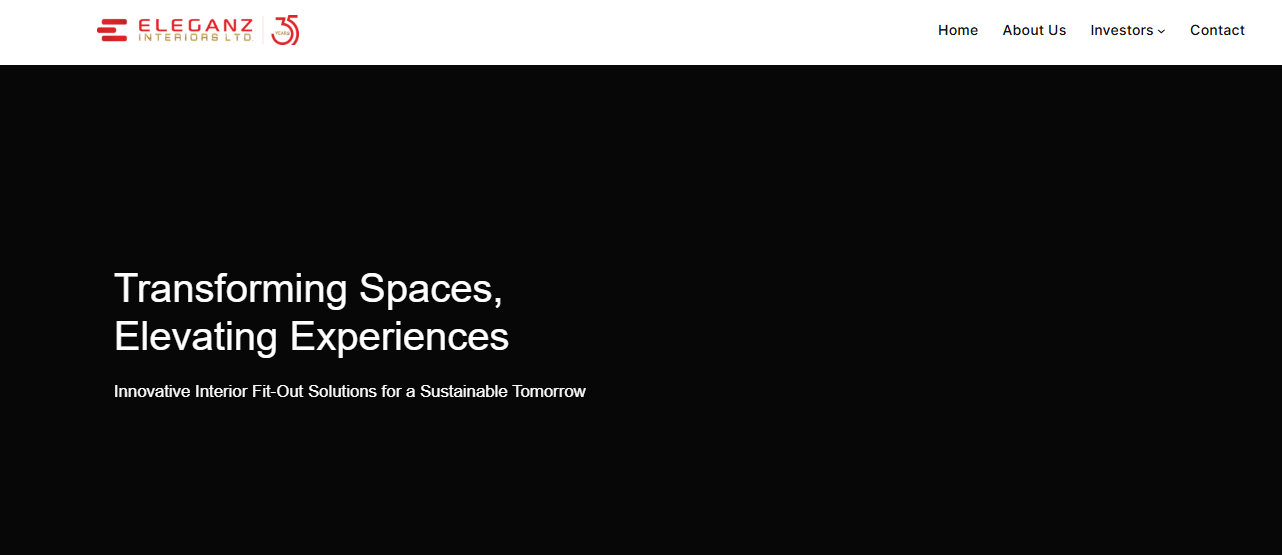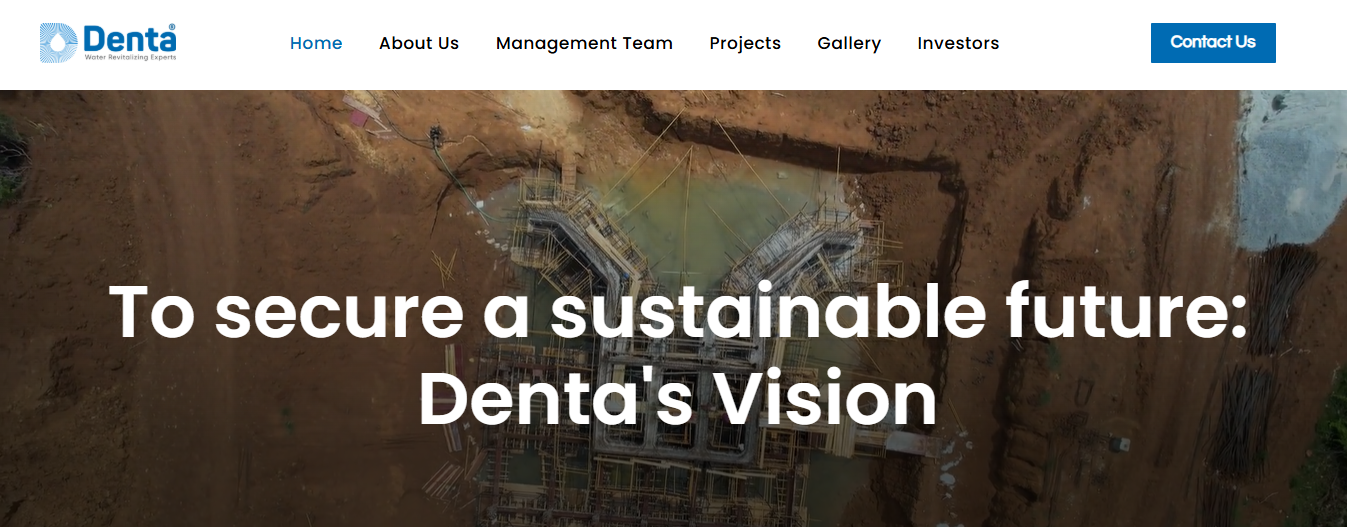
Introduction to Union Budget 2025-2026:
In a landmark move, Finance Minister Nirmala Sitharaman unveiled the Union Budget for 2025-26, aiming to accelerate economic growth, ensure inclusive development, and bolster the spending power of India’s burgeoning middle class. A significant highlight is the substantial relief provided to salaried individuals, with the income tax exemption threshold raised to ₹12 lakh per annum, effectively eliminating tax liability for many and enhancing household savings and consumption.
The budget also introduces the ‘Prime Minister Dhan-Dhaanya Krishi Yojana,’ targeting 100 districts with low agricultural productivity, a move set to benefit approximately 1.7 crore farmers. This initiative underscores the government’s commitment to revitalizing the agricultural sector and ensuring the welfare of the farming community. Furthermore, the budget recognizes four key engines of development: agriculture, Micro, Small, and Medium Enterprises (MSMEs), investment, and exports. The government aims to invigorate private sector investments and stimulate economic activity across various sectors by focusing on these areas. These measures reflect a comprehensive strategy to uplift household sentiments and empower the middle class, positioning them as pivotal drivers of India’s economic resurgence.

The Union Budget 2025-26 is designed to propel India towards Viksit Bharat, ensuring Sabka Vikas by fostering balanced growth across all regions. At its core, this budget envisions a zero-poverty nation, universal access to quality education, affordable healthcare, 100% skilled labor, 70% women in economic activities, and a thriving agricultural sector positioning India as the food basket of the world.
To achieve this, the budget outlines ten key focus areas:
1. Spurring Agricultural Growth and Productivity
2. Building Rural Prosperity and Resilience
3. Taking Everyone Together on an Inclusive Growth Path
4. Boosting Manufacturing and Furthering Make in India
5. Supporting MSMEs
6. Enabling Employment-led Development
7. Investing in People, Economy, and Innovation
8. Securing Energy Supplies
9. Promoting Exports
10. Nurturing Innovation
Agriculture the First Engine of Development for Union Budget 2025-2026:
- The Union Budget 2025-26 prioritizes agriculture as the first engine of India’s economic transformation. A flagship initiative, the ‘Prime Minister Dhan-Dhaanya Krishi Yojana’, will be implemented in collaboration with states, covering 100 districts with low agricultural productivity. This scheme aims to enhance farm output, encourage crop diversification, improve post-harvest storage facilities, expand irrigation infrastructure, and increase access to both short- and long-term credit. With an expected impact on 1.7 crore farmers, this initiative aligns with the government’s vision for a self-reliant agricultural sector.
- To address underemployment in agriculture, the government will roll out the ‘Rural Prosperity and Resilience’ programme in partnership with states. By leveraging skilling, investment, and technology, this program will revitalize rural economies, ensuring that migration remains a choice rather than a necessity. The scheme focuses on women, young farmers, rural youth, small-scale farmers, and landless laborers, fostering inclusive rural development.
- A crucial step toward self-sufficiency in pulses, the government has announced a six-year ‘Mission for Aatmanirbharta in Pulses’, with a dedicated focus on Tur, Urad, and Masoor. Central agencies like NAFED and NCCF will procure unlimited quantities of these pulses for the next four years from registered farmers, ensuring stable income and price support.
- The budget also introduces a Comprehensive Programme for Vegetables & Fruits to enhance production, streamline supply chains, improve processing techniques, and ensure fair prices for farmers. The National Mission on High Yielding Seeds will further strengthen agricultural productivity by promoting high-yield, pest-resistant, and climate-resilient seed varieties.
- A five-year ‘Mission for Cotton Productivity’ will support cotton farmers with advanced scientific and technological interventions to boost productivity and promote extra-long staple cotton varieties, strengthening India’s textile sector.
- To provide financial stability to farmers, the government has raised the loan limit under the Kisan Credit Card (KCC) from ₹3 lakh to ₹5 lakh under the modified Interest Subvention Scheme, ensuring better access to affordable credit.
- By integrating modern farming techniques, financial support, and rural upliftment initiatives, the Budget 2025-26 sets the stage for a robust and self-sufficient agricultural economy, reinforcing its role as a key driver of India’s growth.
MSMEs as the Second Engine of Growth for Union Budget 2025-2026:
- Recognizing Micro, Small, and Medium Enterprises (MSMEs) as the second engine of India’s economic growth, the Union Budget 2025-26 introduces significant measures to empower this sector. Contributing 45% of India’s exports, MSMEs play a crucial role in industrial expansion, job creation, and innovation. To help them scale operations, upgrade technology, and access better capital, the government has raised the investment and turnover limits for MSME classification by 2.5 times and 2 times, respectively. Additionally, new steps have been announced to enhance credit availability through extended guarantee cover, ensuring easier and more affordable financing options for small businesses.
- In a major boost to entrepreneurial inclusion, the government has launched a special scheme for 5 lakh women, Scheduled Caste, and Scheduled Tribe first-time entrepreneurs. This initiative will provide term loans of up to ₹2 crore over the next five years, fostering financial independence and business expansion among underrepresented communities.
- To position India as a global manufacturing hub, the government will introduce a National Manufacturing Mission, covering small, medium, and large industries. A dedicated push for ‘Made in India’ toys will also be undertaken, reinforcing India’s strength in domestic production and exports. These initiatives are set to drive self-reliance, economic growth, and employment generation in the MSME sector.
Investment as the Third Engine of Growth for Union Budget 2025-2026:
- To empower human capital, the government will establish 50,000 Atal Tinkering Labs in government schools over the next five years, fostering innovation among students. Additionally, broadband connectivity will be extended to all government secondary schools and primary health centers in rural areas under the BharatNet project. The Bharatiya Bhasha Pustak Scheme will promote digital Indian language books for school and higher education. To equip youth with global skills, five National Centres of Excellence for Skilling will be launched. A Centre of Excellence in Artificial Intelligence for Education will also be established with an outlay of ₹500 crore. Gig workers will benefit from identity cards, e-Shram registration, and healthcare coverage under PM Jan Arogya Yojana.
- To boost economic infrastructure, ministries will unveil a three-year pipeline of PPP projects. A ₹1.5 lakh crore interest-free loan for states will support capital expenditure and reforms. The Jal Jeevan Mission is extended until 2028, ensuring quality water infrastructure. A ₹1 lakh crore Urban Challenge Fund will transform cities into growth hubs.
- For innovation-driven progress, ₹20,000 crore is allocated for private-sector-led Research & Development. The National Geospatial Mission will enhance urban planning, while the Gyan Bharatam Mission will document and conserve over 1 crore manuscripts, creating a National Digital Repository of Indian Knowledge Systems. These strategic investments will drive India’s transition to a knowledge-based, future-ready economy.
Exports as the Fourth Engine of Growth:
- The Union Budget 2025-26 identifies exports as the fourth key driver of India’s economic expansion. To boost global trade competitiveness, the government will launch an Export Promotion Mission, spearheaded jointly by the Ministries of Commerce, MSME, and Finance. This initiative will help MSMEs access export credit, provide cross-border factoring support, and assist businesses in overcoming non-tariff barriers in international markets.
- A major announcement in the budget is the creation of ‘BharatTradeNet’ (BTN), a digital public infrastructure for international trade. This unified platform will streamline trade documentation and financing solutions, aligning with global best practices and integrating seamlessly with the Unified Logistics Interface Platform (ULIP).
- To strengthen domestic manufacturing for global supply chains, targeted sectors will receive government support based on objective criteria. Special facilitation groups, comprising senior officials and industry leaders, will be formed to enhance key product categories and supply chains, ensuring Indian manufacturers become integral to global markets.
- With the rise of Industry 4.0, the government is focusing on high-tech manufacturing and digital transformation. Special incentives will be provided to domestic electronic equipment manufacturers, enabling them to capitalize on automation, AI, and IoT-driven industrial advancements.
- Recognizing the potential of tier-2 cities, the government will introduce a National Framework for Global Capability Centres (GCCs). This policy will guide state governments in enhancing infrastructure, easing building regulations, developing a skilled workforce, and fostering industry collaborations, making these cities attractive destinations for multinational corporations.
- To further facilitate exports, the government will upgrade infrastructure and warehousing for air cargo, particularly for high-value perishable horticulture products. Improvements in cargo screening, customs protocols, and logistics efficiency will ensure faster, hassle-free global trade operations.
- These comprehensive measures position India as a key player in the global market, strengthening trade, enhancing exports, and fostering long-term economic resilience.
Conclusion:
The Union Budget 2025-26 lays a strong foundation for Viksit Bharat, driven by four powerful engines—Agriculture, MSMEs, Investment, and Exports. By fostering inclusive growth, enhancing infrastructure, empowering entrepreneurs, and strengthening global trade linkages, the budget ensures sustainable economic expansion. Key initiatives like BharatTradeNet, Atal Tinkering Labs, Export Promotion Mission, and Rural Prosperity Programme reflect a strategic vision for self-reliance, digital transformation, and industrial modernization. With reforms fueling progress and inclusivity as the guiding spirit, this budget propels India towards becoming a global economic powerhouse, ensuring prosperity for every citizen.
Key Takeaways:
- Four Growth Engines: Agriculture, MSMEs, Investment, and Exports drive economic expansion.
- Agriculture Boost: Prime Minister Dhan-Dhaanya Krishi Yojana to support 1.7 crore farmers with enhanced productivity and financial access.
- MSME Empowerment: Higher credit availability, increased investment limits, and ₹2 crore loans for women, SC/ST entrepreneurs.
- Investment in Innovation: ₹20,000 crore allocated for private-sector-led R&D and AI development.
- Export Promotion: BharatTradeNet to streamline trade documentation and financing.
- Infrastructure & Digitalization: Focus on logistics, broadband expansion, and AI-driven education.
- Self-Reliance & Global Competitiveness: Strengthening domestic manufacturing and global trade integration.






